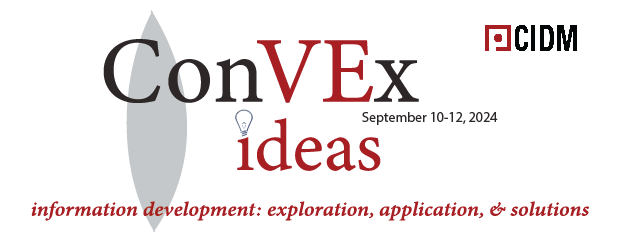DITA Metrics is Not Just for ROI
Presentation Abstract
For many documentation teams, the switch to DITA is justified using a business plan based on the expected Return on Investment (ROI) that can be had by making content production more efficient. It is well-known that DITA content—both in terms of individual topics and their outputs—can be tallied and measured. But good DITA metrics should continue even after the ROI of DITA and the systems used to support it have long been proven. For example, DITA metrics can be used during production to help determine whether content creators are effectively targeting their audience. It can also be used to effectively determine what percentage of your content is being reused and help determine whether your reuse processes are optimal. And while you may have already determined your ROI, there are ongoing costs that can be tracked, such as determining how much it costs to create content, and whether localization costs are as low as they should be. In this presentation IXIASOFT DITA Specialist Keith Schengili-Roberts will examine these examples and others, showing you how use DITA metrics for production purposes
What can the audience expect to learn?
Up until now much of the focus on DITA metrics has been on cost savings, often relating specifically to determining a Return on Investment (ROI). This presentation focuses on how users can continue to measure DITA content to aid in production, and inform Information Architects and their Managers as to how DITA content as to whether content is optimized for their users. It will also look at how content quality metrics can be used, and examine how content reuse can be measured. DITA’s topic-based nature makes measuring content output feasible, and this presentation focuses on how it can be useful on an ongoing basis.
Meet the Presenter

Keith Schengili-Roberts is a DITA Information Architect at IXIASOFT, DITA evangelist and technical writing nerd. Keith is also an award-winning lecturer on Information Architecture at the University of Toronto. He is an active member of the OASIS DITA Adoption and Technical Committees. He can often be found presenting at conferences, interviewing customers on their DITA best practices, and researching how DITA is being used and then sharing those results with the DITA community. Keith’s popular industry blog DITAWriter.com has become a focal point on DITA resources and best practices. Connect with Keith on Twitter @KeithIXIASOFT.
